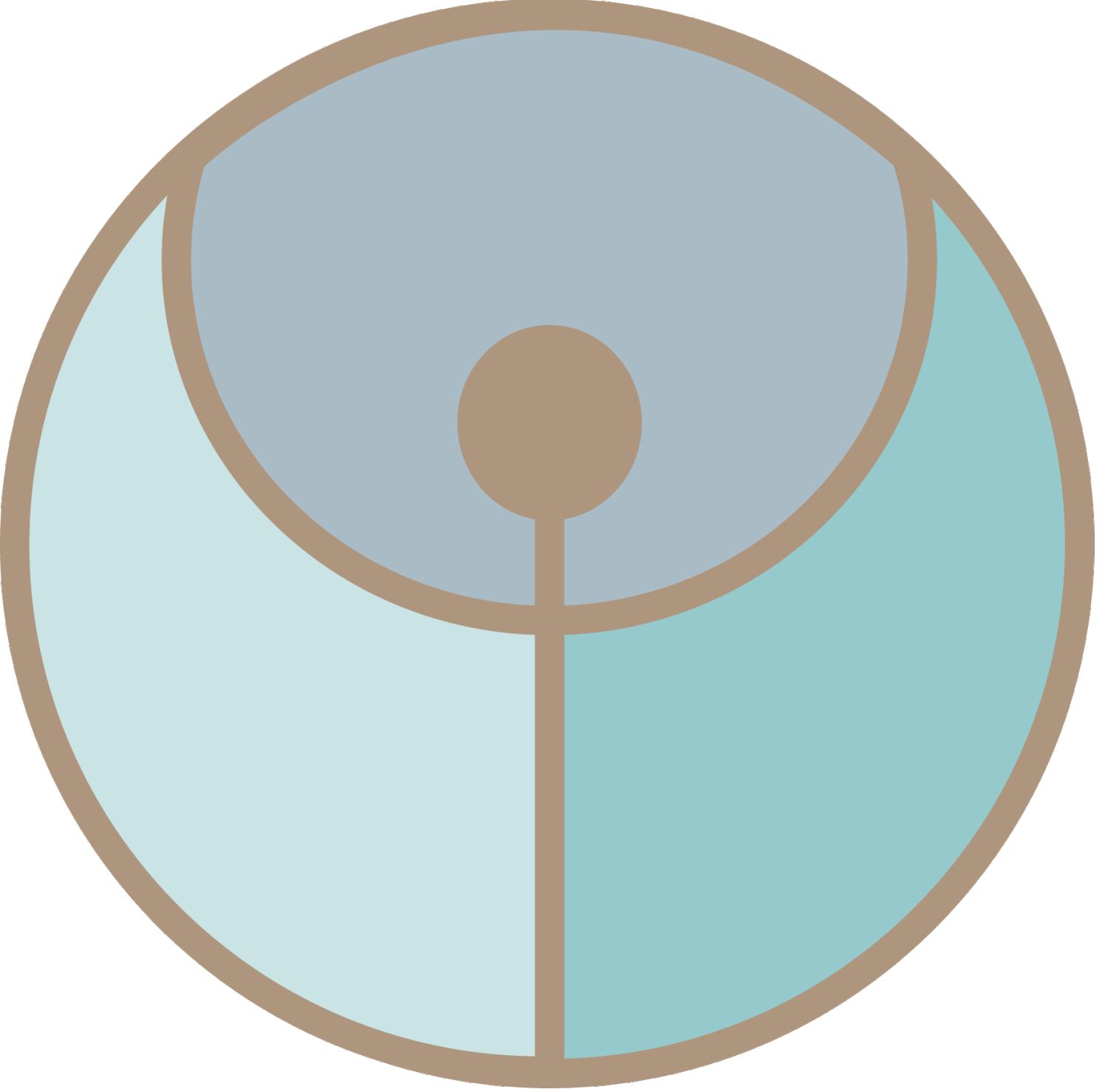Why you should include soy in your diet if you’re in perimenopause.
Perimenopause can be a challenging time for women to navigate. While some women may experience little to no symptoms, other women may struggle with a range of symptoms that negatively impact their day to day life. We’ve reached a stage where we have a lot more information and resources available.
There is a range of different resources available to women going through perimenopause, and diet is one of them. One of the main foods that get mentioned a lot when you bring up perimenopause and diet is soy.
First, let's talk about what soy is. Soybeans are a type of legume that is native to East Asia. They’re high in protein (important if you’re plant-based or looking to up your protein if you’re in your 40s or older) and contain a range of essential nutrients such as fibre, iron, and calcium. Soy also contains an important compound called phytoestrogen.
Phytoestrogens are plant-based compounds that can mimic the effects of estrogen in the body. It’s important to remember that phytoestrogen and estrogen aren’t exactly the same. As estrogen levels naturally decline during perimenopause, consuming foods high in phytoestrogens can help alleviate symptoms such as hot flashes and night sweats that occur due to the drop of estrogen in the body. A study published in the Journal of Women's Health found that consuming soy isoflavones (a type of phytoestrogen) for six weeks reduced the frequency and severity of hot flashes in postmenopausal women.
In addition to reducing hot flashes, soy may also have other health benefits for women in perimenopause. For example, a study published in the American Journal of Clinical Nutrition found that soy protein reduced blood pressure in postmenopausal women. Soy may also help lower cholesterol levels, which can help reduce the risk of heart disease, a common concern for women in perimenopause.
So how can you incorporate soy into your diet? There are many ways to enjoy soy, depending on your preferences. Here are a few ideas:
Swap out dairy milk for soy milk in your morning cereal or coffee.
Snack on edamame (steamed soybeans) for a protein-packed snack.
Add tofu to your stir-fry or salad for a vegetarian protein source.
Enjoy a soy-based smoothie for a refreshing and nutritious drink.
Try a soy-based yogurt as a dairy-free alternative.
It's important to note that while soy has many health benefits, it may not be suitable for everyone. If you have a soy allergy or thyroid issues, consult with your healthcare provider before incorporating soy into your diet.
As you can see, incorporating soy into your diet can have many benefits especially if you’re going through perimenopause. Soy is incredibly versatile which makes it really easy to incorporate into different dishes and drinks.
